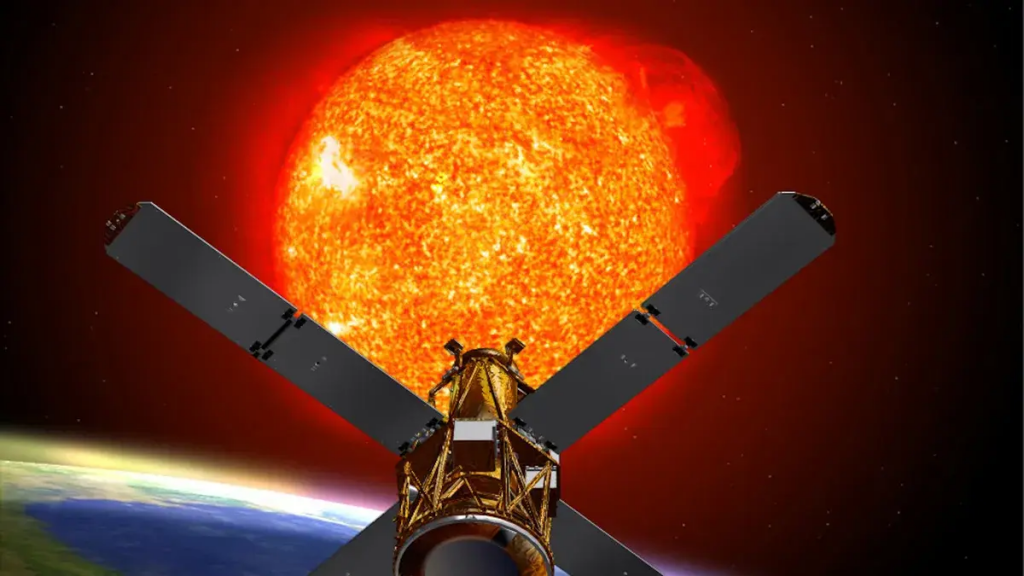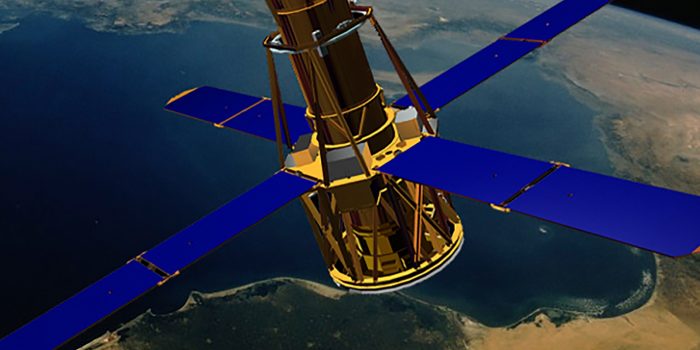A decommissioned NASA spacecraft, RHESSI, crashed into Earth over northern Africa on April 19. The spacecraft was launched in 2002 to study the sun’s high-energy electrons and operated until 2018. The majority of the spacecraft burned up in Earth’s atmosphere, with some debris expected to hit the ground.
RHESSI, short for “Reuven Ramaty High Energy Solar Spectroscopic Imager,” was launched in 2002 to image the high-energy electrons that release energy in solar flares. It carried an imaging spectrometer that recorded X-rays and gamma rays from the sun, enabling it to capture the first gamma-ray images and high-energy X-ray images of solar flares.
The satellite also made other discoveries unrelated to flares, such as improving measurements of the sun’s shape and detecting terrestrial gamma-ray flashes.

The spacecraft crashed over the Sahara Desert region near the Sudan-Egypt border at approximately 26 degrees longitude and 21.3 degrees latitude. While most of the satellite burned up in Earth’s atmosphere, some debris was expected to fall to the ground.
RHESSI was just one piece of the growing space junk cloud orbiting our planet. More than 30,000 pieces of orbital debris are currently being tracked, and Earth’s orbit harbors about 1 million pieces of space junk between 0.4 inches and 4 inches wide, according to the European Space Agency.

As the amount of space debris increases, so does the probability of collisions and cascading debris that could potentially damage or destroy spacecraft. This is why many exploration advocates worldwide are calling for better space debris control measures.
While RHESSI’s mission has come to an end, the insights it provided into the sun’s behavior will continue to contribute to future space research.
“RHESSI’s legacy will continue for many years to come,” astrophysicist Jonathan McDowell noted on Twitter.


